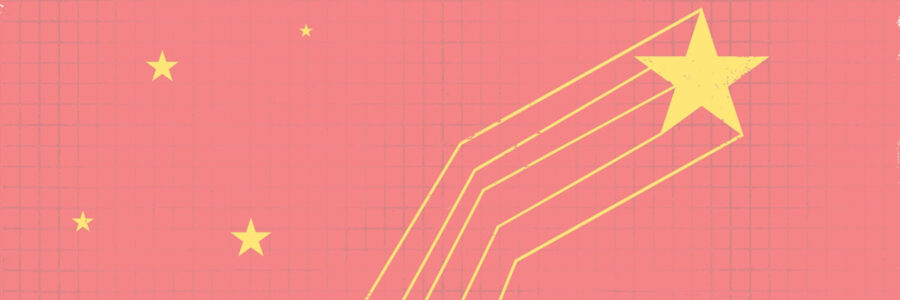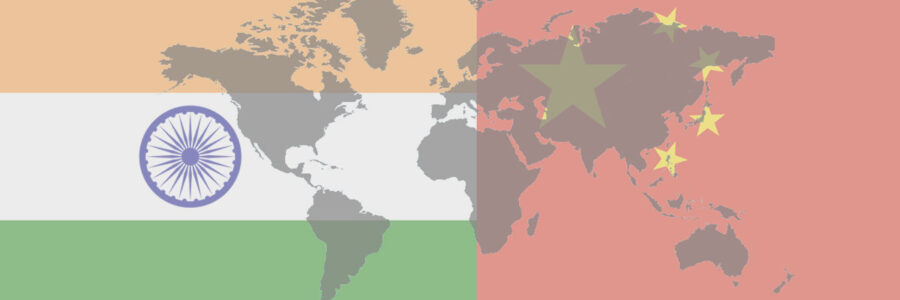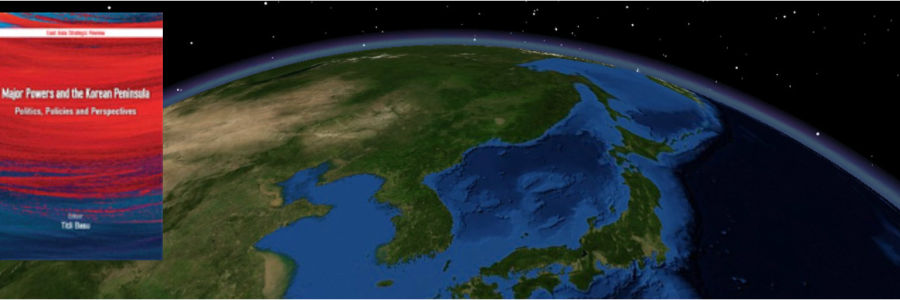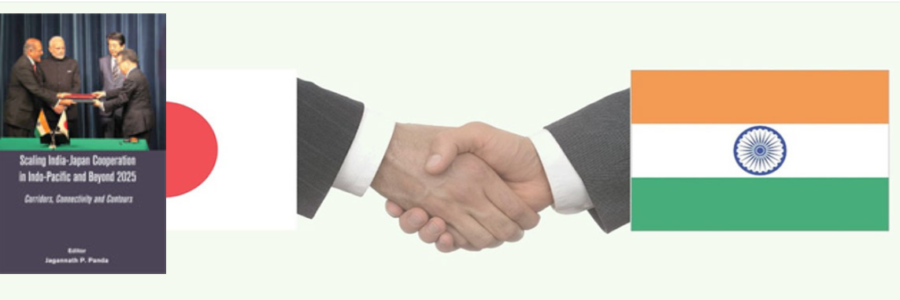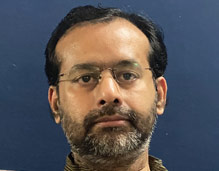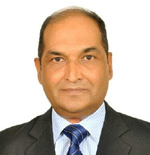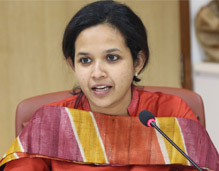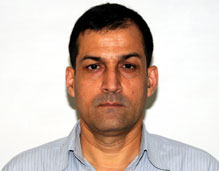China and Taiwan: modus vivendi… for now
Encouraging developments on either side of the Taiwan Straits have taken place recently, considerably reducing the ‘shrill atmospherics’ surrounding ‘independence’ and ‘invasion’ by several notches. The primary determinant driving these developments has undoubtedly been the Kuomintang’s (KMT) coming to power in the legislative elections held in March 2008.
- Raviprasad Narayanan
- June 23, 2008





